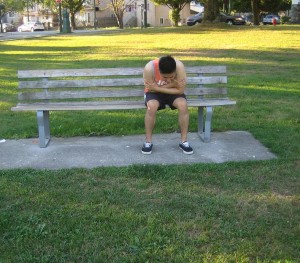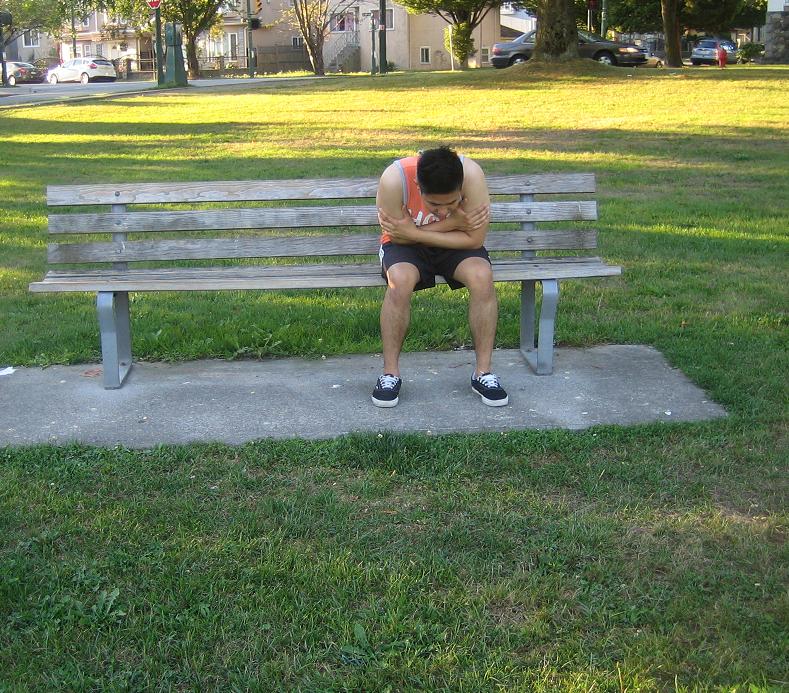Hair dye reactions have been reported by some women. The reactions can be serious enough to warrant medical attention. It is vital to be well aware of this risk and what you should do. Hair dye reactions can be avoided as long as simple safety measures are followed.
https://www.youtube.com/watch?v=1npgEO-r-uQ
Why are some individuals sensitive to hair dye?
Some individuals are susceptible to a skin reaction known as contact dermatitis. It simply means that the skin becomes inflamed upon contact with a particular substance.
The substance might either be an irritant which directly damages the skin or an allergen that instigates an allergic reaction affecting the skin. Several permanent and some semi-permanent hair dyes include a chemical known as paraphenylenediamine (PPD) which is a well-known irritant and allergen.

Indications of hair dye reactions
The reactions of PPD can range from minor irritation in the scalp to an allergic reaction that can trigger potentially serious symptoms all over the body.
Minor irritation
If an individual is mildly irritated to PPD, the neck, scalp, forehead, ears or the eyelids are irritated and swollen after using the hair dye.
The exposed skin can turn reddened, swollen, dry, blistered, thickened and cracked. There is also a burning or stinging sensation. These symptoms typically settle within 48 hours but strong irritants can cause the skin to react abruptly.
Allergic reaction
If allergic to PPD, the face and scalp might feel itchy and start to swell. PPD can also initiate symptoms all over the body such as itchiness, rash and generalized feeling of being sick.
The symptoms might not develop until hours or even days later. A severe reaction that occurs in minutes is called as anaphylaxis with the following symptoms:
- Itchy or an elevated, reddened skin rash
- Wheezing
- Swollen lips, eyes, hands and feet
- Lightheadedness
- Stomach pain, nausea and vomiting
- Swelling of the mouth, tongue or throat
- Loss of consciousness
What should I do?
Call for emergency assistance if a severe reaction is taking place and administer an epinephrine shot if available. In case there is a reaction to the hair dye that is not an emergency, the following can be considered:
- Wash the hair and scalp thoroughly using a mild shampoo to eliminate any excess dye
- Gently apply an emollient on the affected skin
In case the skin is evidently red, inflamed and sore, a steroid cream is required. A mild variant is usually available over-the-counter or prescribed by the doctor.
Once an individual has a reaction to hair dye even a mild one, he/she must stop using products that contain PPD since there is a risk for having a more severe reaction in the future. It is recommended to switch to a safer option such as a non-permanent hair dye free from PPD but it is still likely for a reaction to develop.

